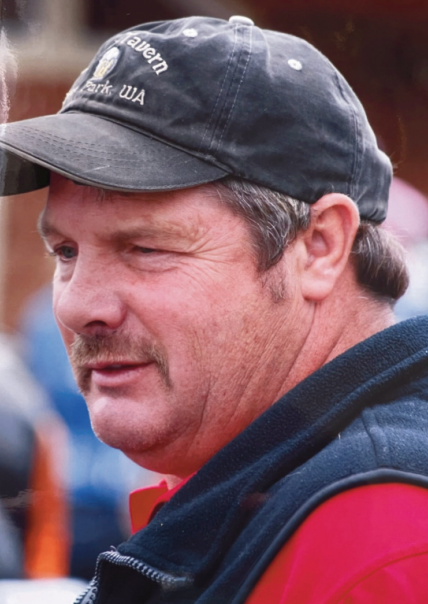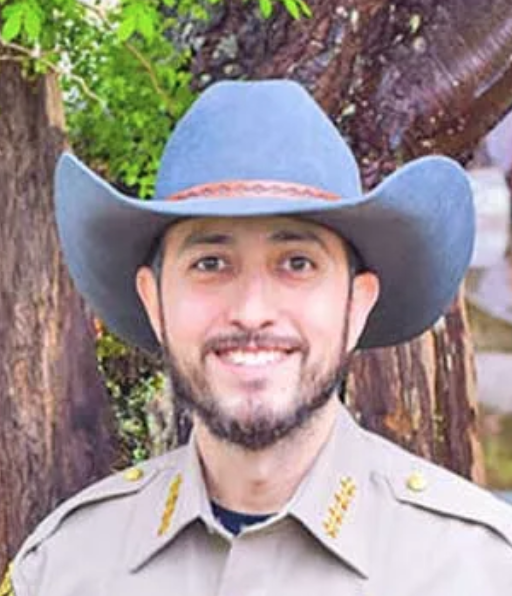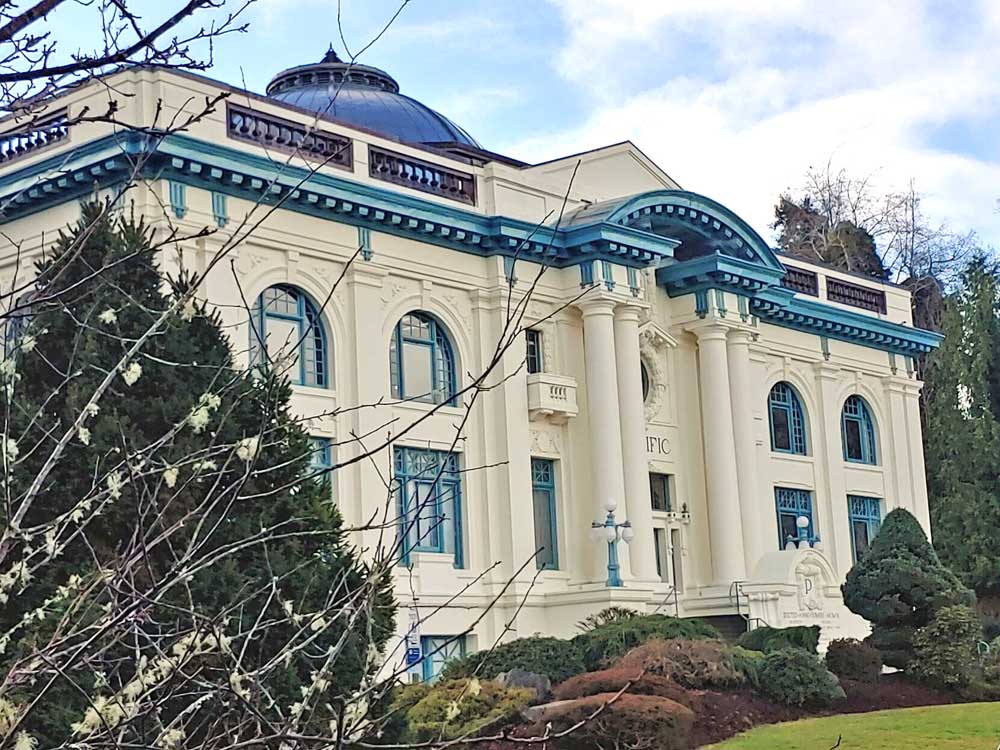Swimming the Columbia crossing, a storied feat
Published 4:00 pm Monday, January 2, 2012
EDITORS NOTE: Between 1987 and 1990 Astoria resident Vera Gault wrote a historical column for The Daily Astorian. This one pertains to both sides of the Columbia. The Chinook Observer was semi-sworn to secrecy, but can disclose that one prominent local jurist continued the tradition of cross-river swims close to the modern day.
Trending
COLUMBIA?RIVER Crossing the Columbia River at its widest stretch has provided a challenge to the venturesome and skillful since the beginning of local history.
The annual Great Columbia Crossing is the modern example of such derring-do.
In 1811, when John Jacob Astors men set up a small trading post and called it Astoria, they were amazed at the skill with which Chief Comcomly and others of the Chinook nation maneuvered their light canoes across the river and back again. Later came the 50 years of ferry crossings which challenged the ingenuity of brave captains as they coped with shifting sandbars and the turning of the tides.
Trending
Just as courageous and skillful were a few individuals who in the 1930s accepted the challenge of the river by swimming the 4 1/2-mile stretch from Megler on the north bank to Astoria on the south. The performance was first set up as a feature of the 1934 Regatta when two well-known swimmers were invited to demonstrate their skill. Wallace Hug and Jim Reed were lifeguards at Seaside. They had claimed attention by swimming the seven miles from Seaside to Tillamook Rock. Their trans-river demonstration won so much approval that in 1935 the event was publicized as a race called the trans-Columbia amateur marathon swim.
Jim Reed, from Salem High School, a demonstration swimmer from the previous year, entered as a contestant, winning with an amazing time of 2 hours and 35 minutes. In second place was Fred Rossiter of Portland. Third-place winner was history-making Laura Couch of Chinook. At age 16, she was the first woman known to have swum the Columbia at this width.
Currents carried Laura farther upstream, so in her time of 3 hours and 55 minutes, officials estimated she had actually traversed about 11 miles. In 1984 Laura Couch Kennedy, living in Paradise, Calif., wrote the story of her famous swim for the autumn issue of Cumtux, the Clatsop County Historical Society quarterly.
The next year, 1936, stands out in Regatta history, because the marathon meet was won by one of Astorias own, Tomatsu Hayashi, son of a Japanese-American family prominent in town. Tom had won acclaim with his athletic prowess at Astoria High School. In fact, three years earlier, 1933, his picture was in the paper with other star athletes listed as A Club members graduating that year, Delbert Bjork, Edward Elving, Erling Orwick, Arnold Curtis, Robert Ek, Elmer Koskela, Clifford Utter, Billy Foster and John Wilson. Seven of the 10, including Tom, had gone on to the University of Oregon.
Tom, a lifeguard at Seaside in the summer of 36, had been in the news because in the last month he had made a daring rescue of two swimmers in trouble far beyond the breakers. Now people were making bets on the time it would take for Tom Hayashi to make the big swim. Some were saying that if Jim Reed entered, Hayashi could beat him. But Jim didnt enter. He had joined the U.S. Air Corps.
Time for the race arrived. Crowds lined the river banks for blocks, each spectator hoping he would be nearest the finish point. Participants at the most favorable tide condition dove into the water at Megler after 9 a.m. Each contestant was accompanied by a rowboat with its oarsman and a lifeguard. Elmer Koskela had been Toms oarsman on earlier occasions. That day the oarsman was Astoria attorney Bob Anderson. The Astoria Yacht Club provided the flagship for the event with officials and a doctor on board.
The Astorian-Budget carried the story the next morning under the front page headline, Tom Hayashi Wins Out in River Swim. The story continued: First thrill of the Friday morning Regatta program came when Tom Hayashi, former Astoria High athlete and U of O student, emerged from the chilly waters of the Columbia as winner of the grueling trans-Columbia marathon swim. It required 3 hours and 7 minutes for Hayashi to cover the 4.5 miles between the starting point at Megler on the north shore and the finish above the SP&S depot at Astoria.
When asked about the swim, Tom said, Im fine. Im tired but mighty proud. To Tom will go a beautiful trophy awarded annually by the Astorian-Budget to the marathon winner. Officials figured that Tom had traversed 7 miles in the swim.
Jim Reed and Tom Hayashi had notable careers at the University of Oregon. As members of the swim team there, they brought national fame to their school when they were named All-American swimmers. After graduation, Reed became an Air Force pilot and Hayashi returned to Astoria.
Then came Dec. 7, 1941, and Pearl Harbor. The United States went into a frenzy of military activity. First Lt. James Reed, Army Air Corps flier, died when he bailed out from his disabled plane and his parachute failed. Officials deduced that in trying to land the plane, Reed had stayed in too long.
And what about Tomatsu Hayashi? His boyhood friend and longtime neighbor, Elmer Koskela, has kept in touch. Koskela, for years operator of Union Steam Baths on West Marine Drive and best man at Toms wedding, tells that in early 1942 Tom was working his way up in Columbia River Packers Association and had a nice home on Commercial Street west of the post office.
Then came the wartime order that all residents of Japanese descent must be evacuated from the West Coast. With little time to prepare, the Hayashi family with others left their home and possessions for an internment camp first in Idaho, then at Tule Lake, Calif.
Eventually they settled in Chicago, where they developed a small grocery store into a chain of four. Now retired, they have on some occasions returned to visit the Koskelas, the Robert Andersons and other friends. Their three children, all college graduates, are well-known in their various professions.
Now when the Great Columbia Crossing takes place, hundreds of runners face the age-old challenge of crossing the great river. While their grueling run may not present the early dangers, it is still a test of courage and endurance akin to that so bravely met by Jim Reed and Tom Hayashi 70-plus years ago.









